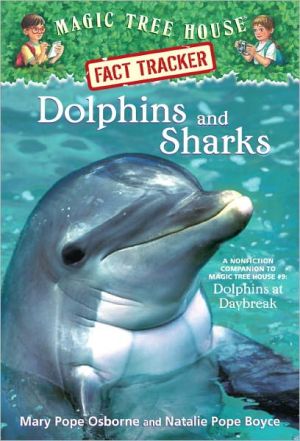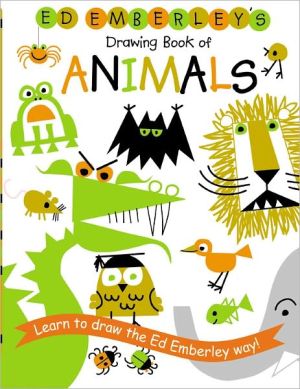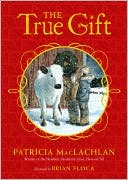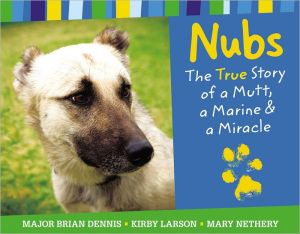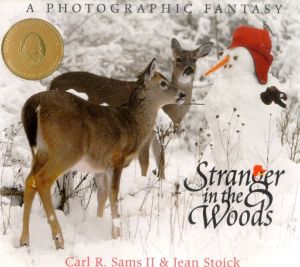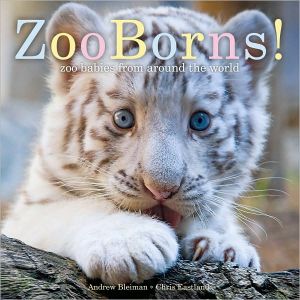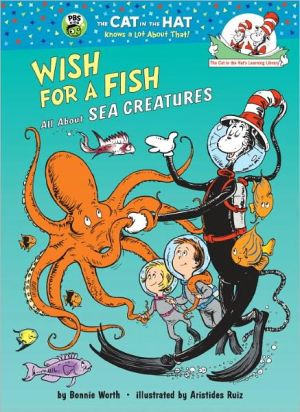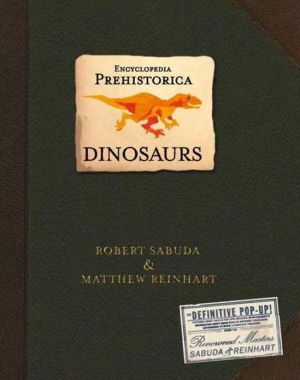Dolphins and Sharks: A Nonfiction Companion to Dolphins at Daybreak (Magic Tree House Research Guide Series)
Magic Tree House Research Guides are now Magic Tree House Fact Trackers! Track the facts with Jack and Annie!\ \ When Jack and Annie got back from their adventure in Magic Tree House #9: Dolphins at Daybreak, they had lots of questions. Did dolphins ever live on land? How do dolphins communicate? How do sharks hunt for food? Which sharks are the most dangerous? Find out the answers to these questions and more as Jack and Annie track the facts. Filled with up-to-date...
Search in google:
How fast can some dolphins swim? What is the biggest shark? Why do sharks attack? Find out the answers to these questions and more in this Magic Tree House Research Guide! Includes an illustrated gallery of dolphins and sharks, information on the ocean, dolphin communication, how sharks hunt for food, ocean exploration, and lots more! A Stepping Stone Book™Judy Crowder - Children's LiteratureYoung readers may already be familiar with the Magic Tree House series, a collection of early chapter books featuring Jack and Annie. These popular books go further: nonfiction companions or research guides. In this case series author Mary Pope Osborne joins her sister to encourage children to do research by presenting Jack and Annie as saying, "We had one adventure in Dolphins at Daybreak. Now let's continue the adventure by researching dolphins and sharks." The book does this well, with pages of facts written in an interesting style. Text covers such common facts such as why dolphins are mammals and sharks are fish to lesser-known factoids: dolphins communicate by touch or, a person has more chance of being hit over the head by a coconut or stepped on by an elephant than being attacked by a shark. Along the way and in the margins are Annie and Jack with more information, definitions or appropriate comments. Illustrations are black and white, but they are plentiful and lively. The book's final section is about how children can become involved in ensuring these amazing creatures are still around when readers are adults. The long reference section includes an index, bibliography and lists of museums, web sites, videos, etc, along with encouragement to take along a notebook to get the most out of this research adventure. Bravo! Teachers and parents unfamiliar with this series should check it out; families and schools familiar with it should stock up. 2003, Random House, Ages 5 to 10.
